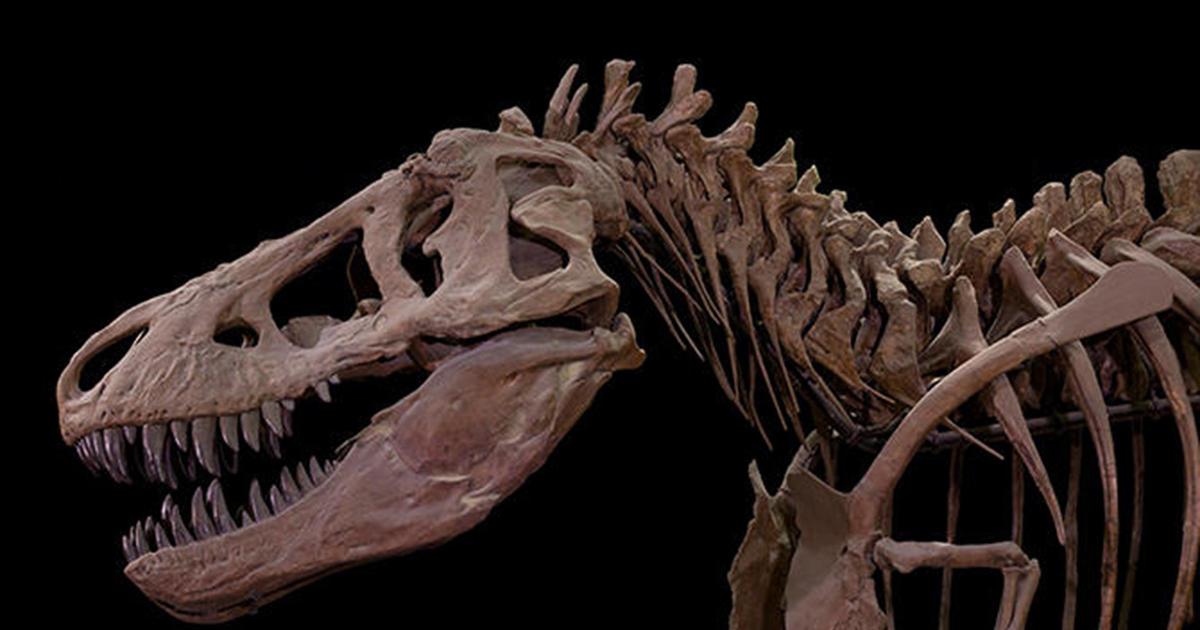Science & Technology, UK (Commonwealth Union) – The jaws of the skull have often played a key role in determining the nature of mammals similar to that in the aves family, in determining if the species was carnivorous (meat eaters) or herbivorous (plant eaters) by zoologists.
A recent University College London (UCL) study has demonstrated that the skulls of early dinosaurs are playing a key role in assisting researchers learn how some of the earliest herbivores could have evolved a variety of ways of eating plants.
The majority of dinosaurs were plant consumers, although they were all descended from a carnivorous ancestor. It is common knowledge about ways various dinosaurs consumed their food, but relatively less is known in regards to their evolution of their preferred eating habits.
The reconstruction of the jaw muscles and bite force measurements of these animals, paved the way for a a team of researchers at UCL, the Natural History Museum and the Universities of Bristol and Birmingham to discover an astonishing variation in eating styles amongst the 1st herbivorous dinosaurs, as revealed in a new Current Biology paper.
“If you want to understand how dinosaurs diversified into so many different types so effectively, it’s critical to learn how they evolved to feed on a such a wide variety of vegetation in so many different ways. This diversity in feeding mechanisms set them up to dominate life on land for millions of years to come,” explained Professor Paul Barrett who is Senior author and palaeontologist at the Museum.
Researchers evaluated 5 dinosaur skulls of the plant-eating group Ornithischia – Heterodontosaurus, Lesothosaurus, Scelidosaurus, Hypsilophodon and Psittacosaurus, taking a lot of the key specimens from within the Museum collections. These 5 species account for the earliest representatives of what would turn out to be the major herbivore dinosaur groups.
Later ornithischian dinosaurs, such as Triceratops and Stegosaurus, demonstrated a large range of adjustments to eating plants yet their early relatives did not receive a proper evaluation till now.
Many scientists in the past few decades had indicated that the less sharp features of canines that had evolved over the years is likely to indicate that many species went from needing sharper features to chew the meat to less sharper features indicating that this is likely due to their adaptations to consuming more plants.
Following CT scans of the skulls, researchers reconstructed the jaw muscles utilizing data from birds and crocodiles to assist in showing the possible muscles location. They then conducted a ‘finite element analysis’, conducted by dividing the skull into 1000s of individual parts known as elements. The bite forces these muscles produce is calculated in relation to their size and arrangement.
Simulations were then conducted for each skull in biting an imaginary object to visualize ways of the different element’s response to the applied force. These models produce heat maps demonstrating the areas of the skull that are strongly stressed and those not so stressed. These findings indicated that although all of these dinosaurs consumed plants, they each had various ways of conducting it.
Dr Laura Porro Study co-author of the UCL Cell & Developmental Biology says “Our study demonstrates how evolution can generate different biological solutions to similar mechanical problems.
“We propose that this evolutionary development set the stage for later spectacular diversity between dinosaur groups, such as why iconic plant-eating dinosaurs like Triceratops, duckbills, and Stegosaurus look very, very different despite all eating plants.”
Heterodontosaurus has indications of large jaw muscles relative to its skull size. Hence, it can lead to a high bite force, perfect for tough vegetation consumption. Scelidosaurus had an alike bite force but relatively smaller jaw muscles when contrasted to its skull. But these animals had a larger overall body size and were capable of a strong bite.
When compared, the Hypsilophodon skull do not have large muscles. Instead, they reoriented their muscles, to bite with greater impact but lower muscle force.








